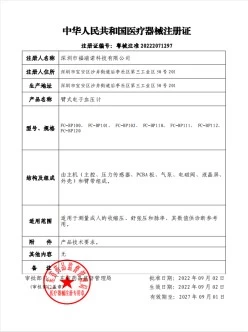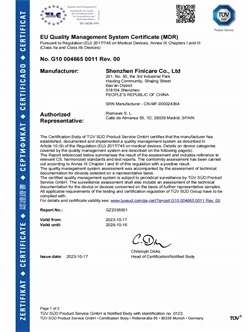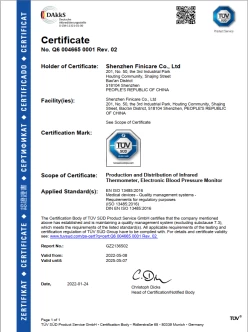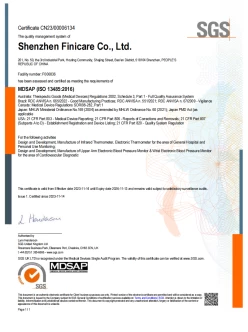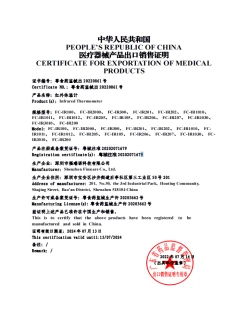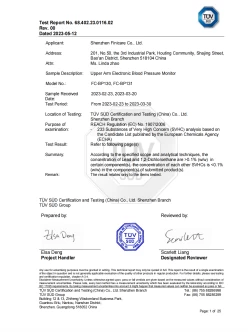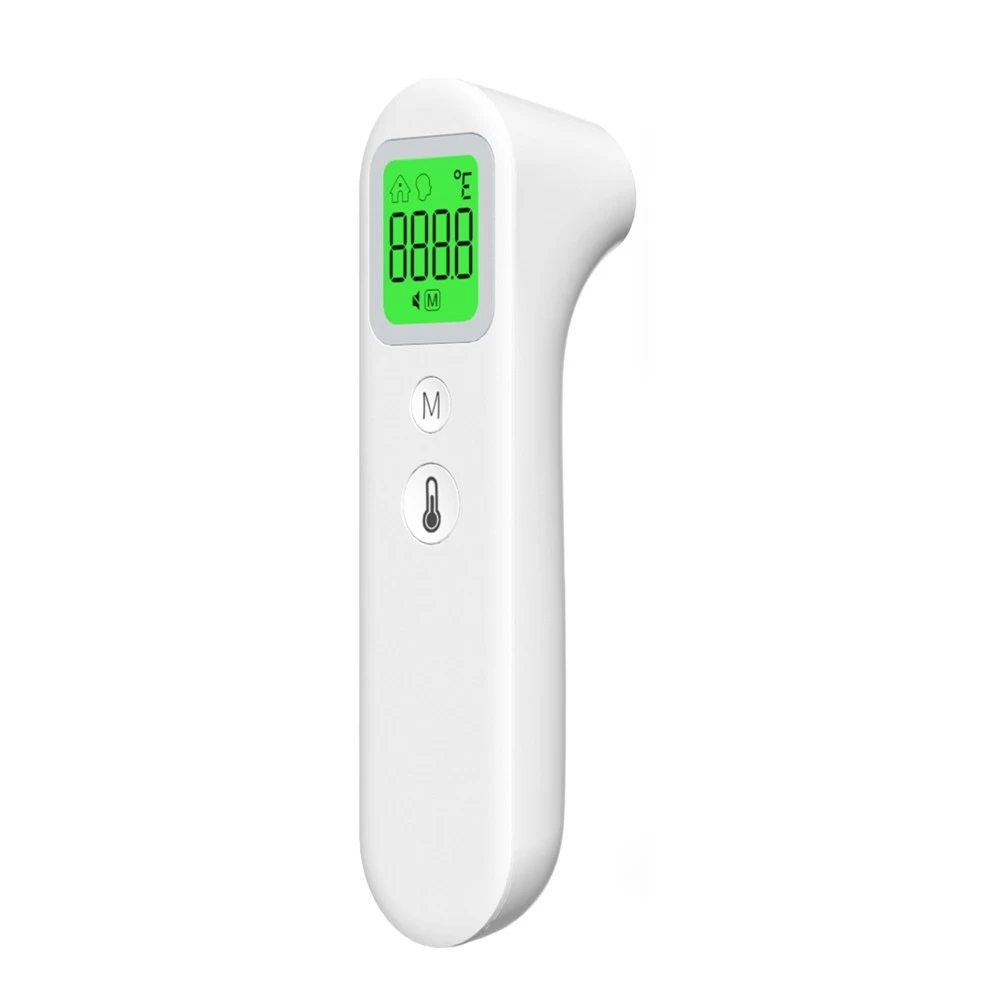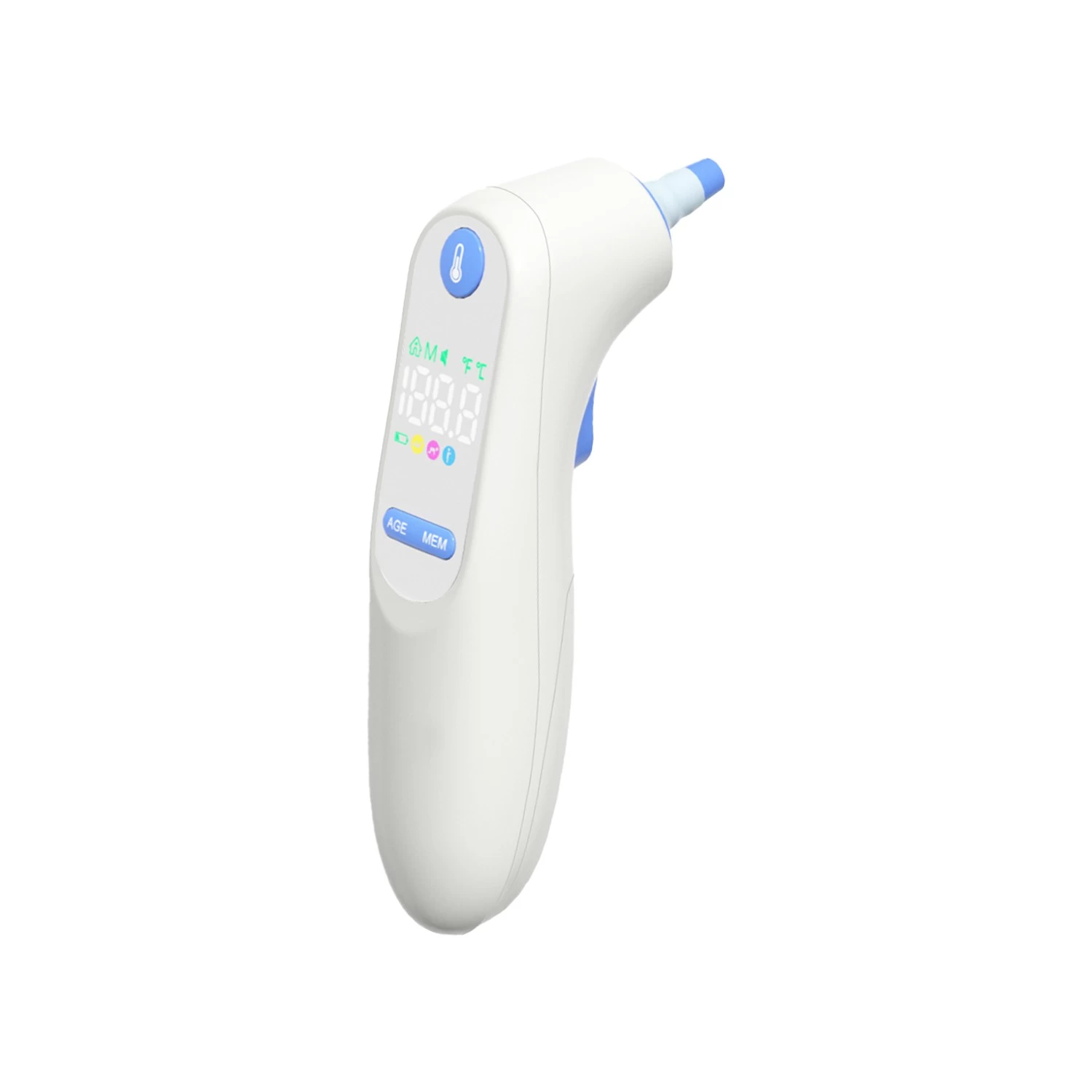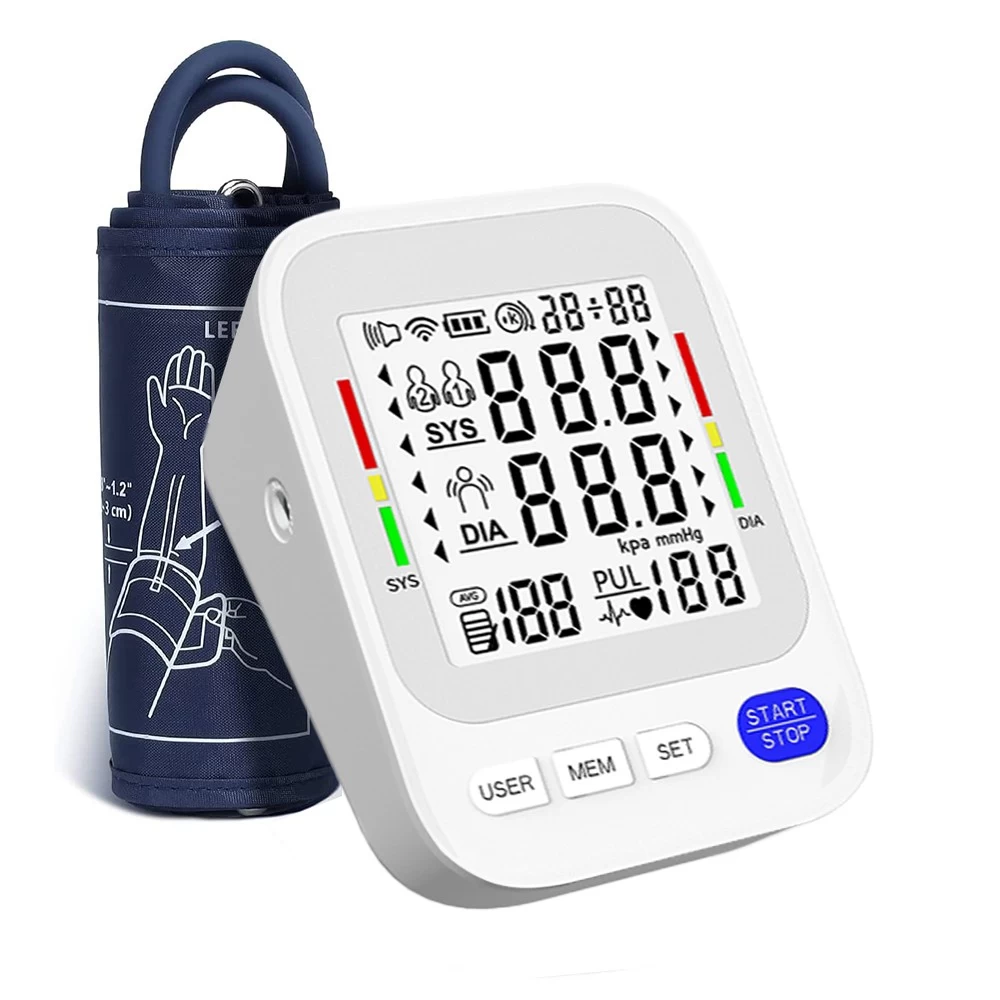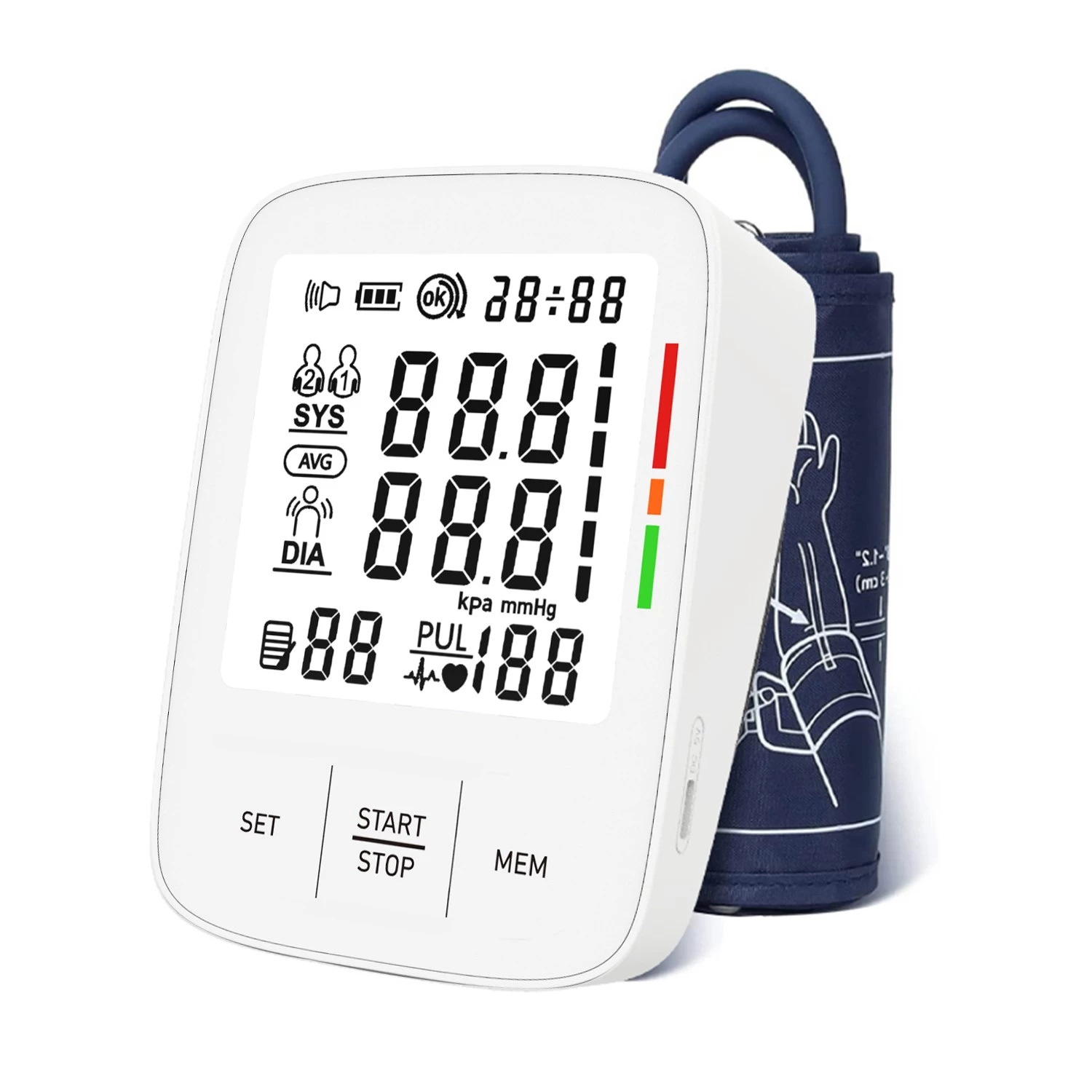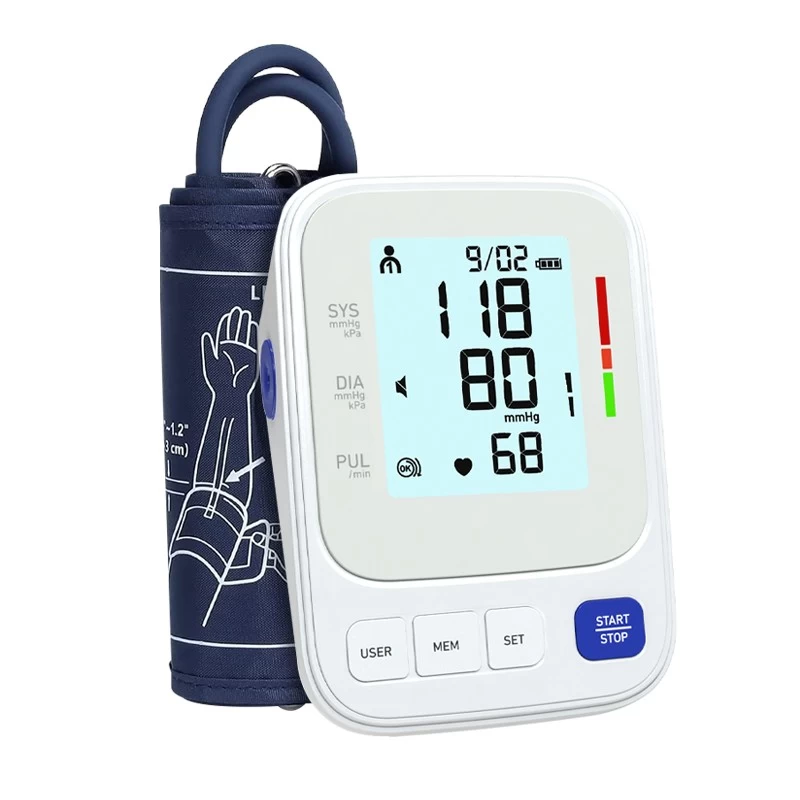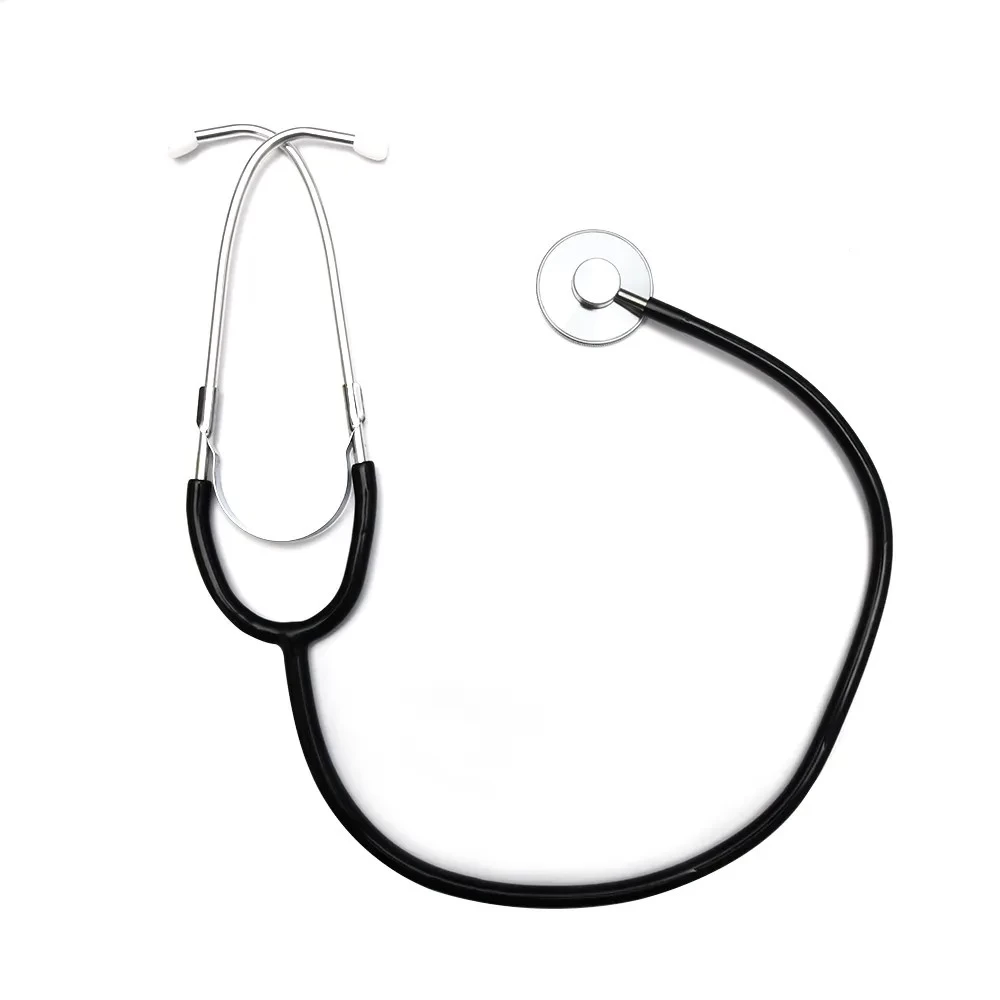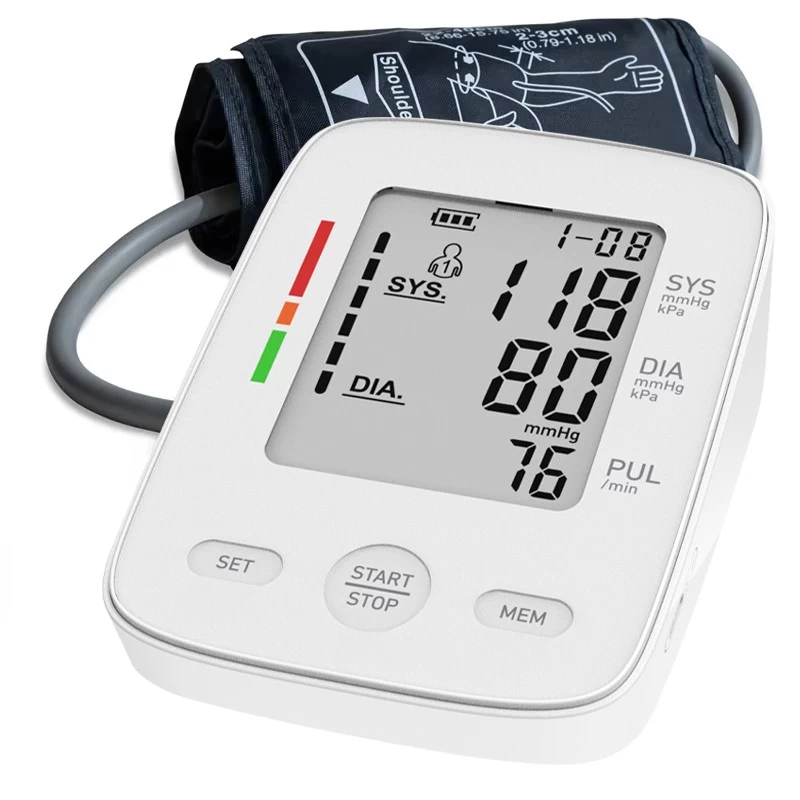History of understanding of pulmonary hypertension
Pulmonary hypertension is a syndrome characterized by marked remodeling of the pulmonary vasculature and a progressive increase in pulmonary vascular load, leading to right ventricular hypertrophy and remodeling.
If pulmonary hypertension is not treated, right ventricular failure can lead to death. Pulmonary hypertension is currently hemodynamically defined as a mean pulmonary artery pressure greater than 20 mmHg at rest, as measured by right heart catheterization. Precapillary pulmonary hypertension due to pulmonary vascular disease is further defined as an elevated pulmonary vascular resistance of at least 3 Wood units (WU), in contrast to isolated postcapillary pulmonary hypertension, in which pulmonary vascular resistance is less than 3 WU and the elevated mean pulmonary artery pressure is due to elevated filling pressures on the left side of the heart.
Several forms of pulmonary hypertension are divided into five clinical groups (Figure 1). This article focuses on the relatively rare form of pulmonary hypertension (Group 1). How has pulmonary hypertension come to be recognized?

(Figure 1. Clinical classification of pulmonary hypertension)
The first anatomical description of pulmonary hypertension is attributed to Dr. Ernst von Romberg, who first described the condition in 1891 as co-editor of the Journal of the Center for Tuberculosis Research in Berlin, Germany.

(Ernst von Romberg's signature on the document)
However, it was Dr. Werner Forssmann’s first attempt at human right heart catheterization, performed on himself in 1929, that led to a series of physiological observations on cardiac and pulmonary circulation by Cournand and Richards in the 1940s. These three researchers were awarded the Nobel Prize in Physiology or Medicine in 1956 for their groundbreaking work. In his illuminating Nobel Lecture, Richards noted that as a result of their collective work, “the various clinical forms and degrees of failure due to cardiopulmonary and vascular diseases were defined and their responses to treatment were measured.”
In 1951, Dresdale and colleagues, a student of Cournan and Richards, described the first case of a patient with unexplained pulmonary hypertension, which they defined as “primary pulmonary hypertension.” In the 1960s, greater awareness of the disease emerged following a pandemic of primary pulmonary hypertension, which was associated with the use of the diet drug Amyrex. This prompted the World Health Organization to convene the first pulmonary hypertension expert meeting in 1973 to standardize the clinical and pathological nomenclature of primary pulmonary hypertension, the first organized attempt to classify the disease. The first and second meetings on pulmonary hypertension were held 25 years apart, but the World Symposium on Pulmonary Hypertension (WSPH) has been held every 5 years since then. These meetings further refined the classification of pulmonary hypertension into five distinct groups based on similar clinical and pathological findings and response to treatment. Idiopathic pulmonary hypertension has replaced the term primary pulmonary hypertension because it has hemodynamic and clinical similarities to other diseases that directly affect the pulmonary arterial vasculature and can be treated with targeted therapies.

(Figure 2: Milestone events in pulmonary hypertension at WSPH)
Recognition that some people have a genetic predisposition to the disease (familial pulmonary hypertension) led to the identification of landmark mutations in the gene encoding bone morphogenetic protein (BMP) receptor type 2 (BMPR2). Because 80% of cases of familial pulmonary hypertension and up to 20% of sporadic cases have a germline BMPR2 mutation, and because additional mutations in various genes have been identified, the term familial pulmonary hypertension was subsequently changed to hereditary pulmonary hypertension.
References:
Hassoun PM. Pulmonary Arterial Hypertension. N Engl J Med. 2021 Dec 16;385(25):2361-2376. doi: 10.1056/NEJMra2000348. PMID: 34910865.
Factory:
Household Medical Devices Supplier, Blood Pressure Monitor on Sale, Infrared Thermometer Manufacturer China, Oem Thermometer Supplier China, Blood Pressure Machine Wholesales, Sphygmomanometer on Sales
Find Medical Devices Wholesales China, BP Monitor Manufacturer China, OEM Digital Thermometer Manufacturer, OEM/ODM, Fast Delivery, Trade Assurance, Factory Direct Selling.


